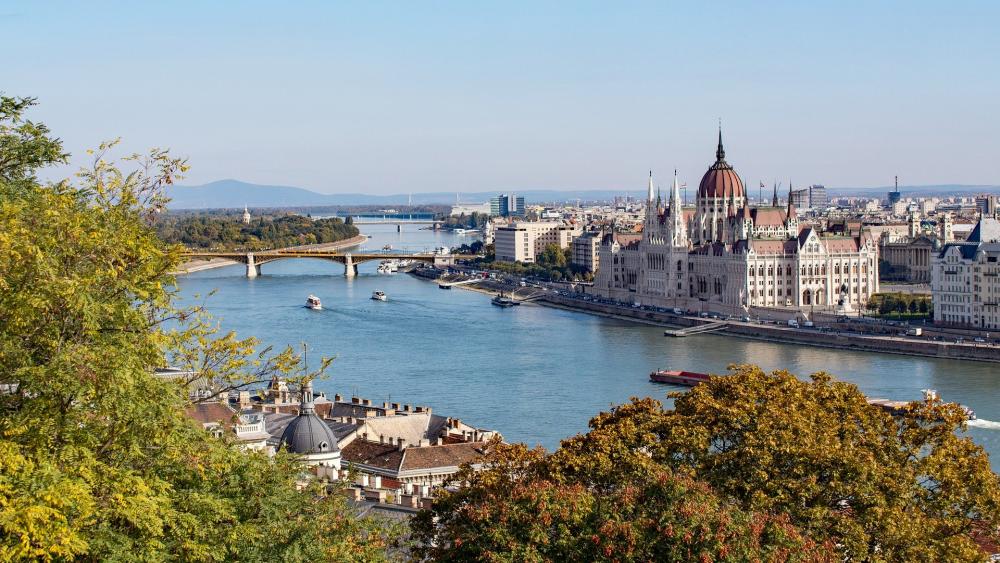
The Danube flows through many cities in Germany, Austria, Slovakia, Hungary, Serbia, Romania, Croatia, Bulgaria and Moldova – before it flows into the Black Sea in the Ukraine. | Photo: Budapest, JStolp/pixabay
This objective requires a joint effort by 14 countries, coordinated by the International Commission for the Protection of the Danube River (ICPDR) in Vienna. Many different interests need to be reconciled in the process: 80 million people live in the Danube river basin, which features a highly diverse range of natural environments and socio-economic settings. This diversity also means that the level of data availability and accessibility differs from country to country; that country data are maintained in different languages by different institutions; and that assumptions for one country cannot simply be applied to another country.
Markus Venohr’s River System Modelling research group uses the MONERIS model to calculate nutrient fluxes in river basins. Besides computing where and how much nitrogen and phosphorus is emitted into river systems, MONERIS is also able to calculate relevant pathways and sources, as well as the quantities of nutrients remaining in water bodies. The model, which has been applied multiple times to the Danube region, provides the basic data for the ICPDR’s Danube River Basin Management Plans every six years. The latest collaborative effort between IGB and ICPDR, running until the end of 2021, aims at the creation of the data basis for the third plan. After all, acceptance of the model results and management plans, i.e. the resulting measures, by the Danubian countries is highly dependent on acceptance of the model and the input data used. To this end, IGB researchers Andreas Gericke and Markus Venohr cooperate closely with country experts, and also use the relevant national datasets.
In the recently launched EU Interreg project IDES, MONERIS calculations will be used to designate hotspot areas where it could be especially necessary and effective to take nutrient input reduction measures. Following on from RESI-Lahn, IDES is a further continuation of the River Ecosystem Service Index (RESI), developed at IGB. This index can be used to assess and illustrate the ecosystem services provided to society by river and floodplain ecosystems. RESI has recently been applied to a 70 kilometre stretch of the Upper Danube. The results showed the potential impact of different planning statuses of the Flood Action Programme on a range of ecosystem services. In the IDES project Martin Pusch, in cooperation with the project team, will apply the RESI concept enabling an integrative survey and assessment of ecosystem services to case studies throughout the Danube basin. The IDES tool aims at helping decision-makers from the Danubian countries to find management options with maximum synergies between sectors such as water management, agriculture, nature conservation and tourism.
Assessing land use and flood management impacts on ecosystem services in a river landscape (Upper Danube, Germany)
The Danube Canal in Vienna. | Photo: Andreas Gericke/IGB
The Danube in Budapest. | Photo: Andreas Gericke/IGB
The Danube in Bratislava. | Photo: Andreas Gericke/IGB





